Bagoas, a eunuch of remarkable beauty and in the very flower of boyhood, who had been loved by Darius and was afterward to be loved by Alexander the Great.
Don't wanna be here? Send us removal request.
Text

Warrior in white - Bagoas
HQ 3k artwork + steps process
I started this artwork back in 2020, occasionally returning to it and adding little by little, and now, by the end of April 2025, I have finally completed it! Here is the magnificent Persian eunuch Bagoas in the desert of Gedrosia, following his king and beloved, Alexander the Great. Bagoas is not only beautiful and wealthy but also valiant and brave, earning the respect of Alexander's closest warriors. I wanted to emphasize his nobility, his status, and his inner beauty, such as his loyalty, persistence and patience.
24 notes
·
View notes
Text

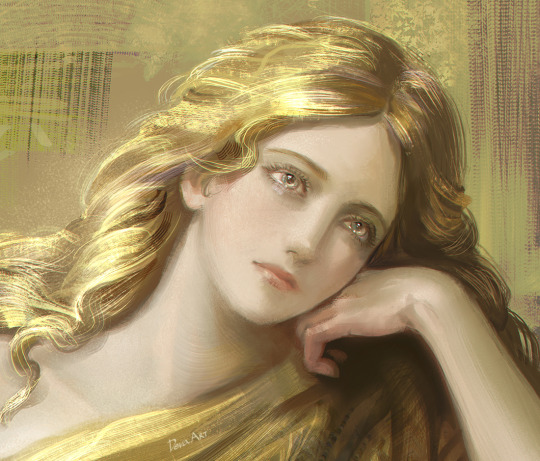
Basil Lekapenos - a powerful eunuch and ruler of Byzantine empire. He was an illegitimate son of the Byzantine emperor Romanos I Lekapenos who served as the parakoimomenos and chief minister of the Byzantine Empire for most of the period 947–985, under emperors Constantine VII, Nikephoros II Phokas, John I Tzimiskes, and Basil II. His mother was a slave woman of "Scythian" (possibly implying Slavic/Bulgarians) origin. From his father's side, he had Macedonian and Armenian roots. Basil was a close friend of emperor John Tzimiskes. Basil himself took part in the great campaign against the Rus' in Bulgaria in 971, having been entrusted with the reserve forces, the baggage train and the supply arrangements, while Tzimiskes himself with his elite troops marched ahead. His enormous wealth enabled Basil to become, according to the Oxford Dictionary of Byzantium, "one of the most lavish Byzantine art patrons". "Psellos characterized him as the most remarkable person in the Roman empire, outstanding in intellect, bodily stature, and regal in appearance." As an artifice shaped by human hands, Basil Lekapenos became skilled in rhetoric, diplomacy, warfare; he possessed avid desire for wealth and power, subtle taste, and an eye for exquisite shapes. This eunuch's adorned body could be equated to the beautiful Limburg container. It is this brilliant form in which power resides. The eunuch is the angelic guard and protector; the face and body of the empire, in brief—the container of the empire. Relic and reliquary work in tandem, a pair suspended between presence and absence, between inaccessible energy—the emperor—and sensual experience of an iconized container—the eunuch."
— Res: Anthropology and Aesthetics, 51: Spring 2007. By Francesco Pellizzi
The history of Byzantium is dotted with examples of what some historians condemn as over-powerful eunuch courtiers, who attempted to dominate their rulers. From Chrysaphios in the fifth century, Euphratas under Justinian, to Staurakios and Aetios, Samonas in the ninth, Basil Lekapenos in the tenth, and John the orphanotrophos (in charge of the large Imperial Orphanage in Constantinople) in the eleventh, the list is extensive. Basil Lekapenos, an illegitimate son of Romanos I, known as ‘Nothos’ (‘the Bastard’), made a particularly successful career. After being castrated as a child to destroy any imperial ambitions he might have developed, he was appointed parakoimomenos by Constantine VII. He held on to great power through the rule of Nikephoros II and John I, and practically governed the empire during the first decade of Basil II’s reign (976–85). With his great wealth, he commissioned magnificent art objects such as the Limburg reliquary. He also wrote a treatise on naval battles and had it copied in a splendid manuscript of military Taktika.
In this respect, Basil Lekapenos was typical of several high-ranking eunuchs who became art patrons, diplomats, generals, administrators, teachers, writers, theologians and churchmen (plate 10). In many cases these officials were detached from their court duties to undertake particular missions, diplomatic or military, such as Andreas, who negotiated with the Arabs in the seventh century, or Theoktistos, who commanded the navy in the ninth century. In Byzantium, as in the caliphate, eunuchs regularly found employment as military generals and diplomats. Their high status is confirmed in the Book on the Interpretation of Dreams, written by a Christian Greek author, Achmet, who drew on Byzantine and Arabic sources as well as on his own dreams. In common with many authors, he equates beautiful eunuchs with angels. Both of course were considered sexless beings, since angels have no sex and eunuchs were supposed to have lost theirs.
As well as these high-ranking eunuch officials, others made careers far away from the Great Palace and imperial patronage. They appear incidentally in hagiographical sources, and sometimes feature on a list of wedding gifts, as in the story of Digenes Akrites, the frontier hero. When Digenes Akrites finally married the girl (she is never named), her eldest uncle presented them with ten boys:
Sexless and handsome with lovely long hair, Clothed in a Persian dress of silken cloth With fine and golden sleeves about their necks. — Byzantium: The Surprising Life of a Medieval Empire by Judith Herrin.
About eunuchs' appearance in Byzantium. As he [Andrew] sat on the ground in front of the gateway there came a young eunuch who was the chamberlain of one of the nobles. His face was like a rose, the skin of his body white as snow, he was well shaped, fair-haired, possessing an unusual softness, and smelling of musk from afar. [Another variant: beautiful young eunuch, with blond hair (epixanthos), a face like a rose and a body white like snow] -- Life of St Andrew the Fool.
Basil had a luxurious palace with 3000 servants, and he also built the most beautiful church of St. Basil, full of gold and decorations. It is said that when his nephew Basil Porphyrogenitus destroyed this church, Basil the eunuch fell from a stroke and was paralyzed, and later he died in the monastery.
Psellos records that In 985, the emperor Basil Porphyrogenitus assumed personal rule and banished Basil Lekapenos who soon after died "his limbs…paralysed and he a living corpse".
***
"In the course of Byzantium’s long history, a few individuals effectively ruled the empire without occupying the imperial throne. One of the most interesting of these figures was Basil the Nothos, or Basil the Parakoimomenos, who was the main power beside or behind the throne for most of the period from 945 to 985.
This he did until 985, when Basil II, no longer a teenager, could no longer bear his own exclusion from power. The vindictiveness with which he not only removed the Parakoimomenos from office, but also sought to destroy the latter’s political legacy, is a measure of how complete the elder Basil’s political control had been. It was a political control that both amassed and expended great wealth, both facilitating and relying on an extensive network of social and cultural patronage. The greatest beneficiary of this patronage, the monastery that Basil founded in the name of his patron saint, has disappeared almost without trace, but his sponsorship has been seen, or surmised, in numerous cultural artefacts of the later tenth century, and interest in his role as the last patron of the “Macedonian Renaissance” shows no signs of abating.
At the centre of the Parakoimomenos’ quasi-imperial power and patronage was his oikos, which was no doubt appropriate to his status. Indeed, his house and household are mentioned no less than four times in literature of the period. According to Leo the Deacon, Basil was able to mobilise and arm over three thousand “household members” (οἰκογενεῖς) in support of Nikephoros Phokas in 963. The same author later records that he had witnessed a bright star descending on the house of the proedros Basil; this portended Basil’s death shortly afterwards and the looting of his property
There is an additional reason for seeking the house of Basil the Parakoimomenos in the area of the Embolos of Domninos. This is because it was somewhere to the west of the Embolos that Basil established his monastery of St Basil, which was famously stripped of its wealth and its ornaments by Basil II."
-The House of Basil the Parakoimomenos, by Paul Magdalino
65 notes
·
View notes
Text


The golden-blue dawn
"Among them was Bagoas, the eunuch of incomparable beauty and like a newly bloomed flower./ " Bagoas, the eunuch exceptional in beauty and in the very flower of youth" [Inter quae Bagoas erat, specie singulari spado atque in ipso flore pueritiae] - Curtius
HQ 3k full artwork + steps process and work process (what brushes I used, how I painted gold etc.)
Soft nude version
Finally made a new art with Bagoas, I miss him. Had to update my memories of him 😌
39 notes
·
View notes
Text


Date
HQ 3k artwork + steps process
I started this artwork so long ago, back in the summer of 2017, that I don’t even remember what the idea was. My story with original characters seems to me like a vague and unclear dream, shrouded in the fog of the past. After rereading the notes and unfinished story, I remembered that the idea was a date between two characters who loved each other, but never reconciled, separated by the morals and norms of the era in which they lived. Byzantium with its Orthodox morality considered same-sex relationships sinful, and although in real life few followed this (hiding), there were those who, out of fear of public censure, rejected their nature, to the detriment of themselves and those who had the misfortune of loving them. This is what happened to these two people. A young man named Heraclius (he is very religious, trying to be right in everything) was in love with Eleutherius, a eunuch of extraordinary and rare beauty, who served the senator Eubulus, for whom Heraclius also worked as a bodyguard. And since Heraclius was heterosexual, he was enchanted by the eunuch's feminine beauty, but he was upset, knowing that Eleutherius was actually a young man. And a eunuch at that. He had been brought up in an environment that disdained eunuchs as unworthy and deformed creatures, unmanly, and having all the shortcomings attributed to female in ancient and then Christian society. Only the imperial power valued eunuchs and placed them on an honorable level, while the common people and the army despised and hated them. It was very difficult for me to describe these moments. The story pays much attention to the social problem, which, in fact, has not changed since then, in relation to eunuchs, intersex people and people of the third gender. Heraclius could not come to terms with his feelings. Love becomes stronger every day, but the dark ghost of the past does not give him peace. He remembers how in childhood he saw the death of his classmate Alexius; the body of the dead eunuch, who threw himself off a cliff and crashed on the sharp rocks on the seashore. What was sad was that he saw how people around him mocked Alexius and did nothing. He did not understand why people and other children treated the poor boy so badly, but he could not prevent it. A series of traumatic events led to tragedy. Alexius died. And Heraclius felt guilty for not doing anything to prevent this from happening. This tragic event was so deeply etched in Heraclius' mind that as an adult he continued to have nightmares about Alexius and felt a certain fear of everything connected with it.
The beautiful Eleftherios reminded him of Alexius, and this aggravated his painful feeling.
Heraclius was a married man, but his marriage did not bring him happiness. It was not that he did not love his wife Agatha, on the contrary, he tried for the family and did the best.
He thought that even if Eleutherius were a woman, he would not be able to be with them as a family man. Alas, he did not know that his wife was unfaithful to him and cheated on him with his best friend, a homophobic and the two-faced man Constantine.
Eleutherius had the gift of clairvoyance, he saw the past and the future, and working as a bodyguard for Senator Eubulus, he prevented several assassination attempts. He also perfectly saw Heraclius' past, as well as the essence of other people, which caused him strong mental pressure. The weight of negative, sad, and even terrible thoughts, emotions, and actions of other people made Eleftherios a misanthrope, not believing in the possibility of redemption of human vices, not believing in love and the good nature of human. Deeply disappointed with humanity, he had every reason to become a villain, but nevertheless, he himself followed the path of goodness and forgiveness.
So, gradually, Heraclius' love for Eleutherius acquires a spiritual meaning, but it was impossible for him to get rid of his vices and mistakes, and Eleftherios, finally disappointed in people and Heraclius, he left worldly life and went to the monks, becoming a recluse in the mountain monastery.
But even then, the world did not abandon Eleutherius - he became known as a saint, and the gift of a clairvoyant attracted even more crowds of sufferers to the monastery. Out of mercy, Eleutherius spoke to people through a window behind a screen, and one day, Heraclius was among the visitors. Broken, sad, sickly. His world collapsed when he learned the truth. His wife had cheated on him with his friend Constantine, and had become pregnant from the affair. She had confessed this to him herself, on her deathbed, in agony, as she gave birth to a child. And Constantine had been imprisoned for organizing criminal activity and sentenced to death. Thus, Heraclius's eyes were opened to the truth. Eleutherius sympathized and said that there was always hope if you chose the path of goodness, not vice. He remained true to his vow, and Heraclius, thoughtful, went home, with a child in his arms, which is not even his, but born by his wife from his traitorous friend, the fruit of sin and vices of others and himself. But Eleutherius said, there is always hope if you chose the path of goodness.
To be honest, I gradually began to hate this story, it dragged on for a long time, darkly, building up hopelessness and depression. Initially, I was inspired by history, and some of the historical novels, the plot is completely fictional, and the characters are my original. To write this, I had to study a lot of material, and the genre itself was not entertaining and fun. In general, I never finished this story, and my detailed text ends at the first meeting of Heraclius with Eleutherius. I returned to this artwork from time to time, in the end, I drew it for 8 years.
17 notes
·
View notes
Text

The King and the Shadow Ruler
King Alexander the Great and his lover and advisor Bagoas, who was not only the most beautiful and charming person of this time, but he was also a powerful courtier who had his own spies (Quintus Curtius Rufus describes the case of the execution of Orxines), he was engaged in judicial affairs and intelligence. These duties were common to palace eunuchs in almost all ancient cultures. It is a mistake to consider eunuchs simply servants in harems (in fact, a not big part served in harems) or weak-willed lovers of powerful men. Eunuchs were themselves powerful courtiers, they were engaged in administrative and military affairs, often, took power into their own hands and became "shadow rulers". Curtius, through the mouth of Orxines, calls Bagoas "the ruler of Asia", emphasizing his high role during the reign of Alexander.
Please note, the painting is not a historical reconstruction, but an imaginary vision of the artist; no one knows what it actually looked like or whether it happened at all or not.
When I was drawing I thought about my fantasy AU story more.
HQ 3k full artwork + steps process
18 notes
·
View notes
Text

Fire keeper
Beautiful longhaired eunuch-priest of sun god Attis. Fire is a symbol of the sun. Attis - was the consort of Cybele (Agdistis, an hermaphroditic deity) in Phrygian and Greek mythology. His priests were eunuchs, the Galli in Rome, as explained by origin myths pertaining to Attis and castration. Attis was also a Phrygian god of vegetation and sun, and in his self-mutilation, death, and resurrection he represents the fruits of the earth, which die in winter only to rise again in the spring. Later, in Rome, the cult of Attis merged with the cult of Mithras. Mithra or Mithras is one of main Persian deity, sun god, god of friendship, kindness and peace, son of supreme God Aura-Mazda. Cult of Mithra was moved to Greece and Rome.
Full 4k artworks + b/w line art, 2 versions : https://www.patreon.com/posts/fire-keeper-67945115
3k artwork: https://www.patreon.com/posts/67945887
12 notes
·
View notes
Text

Beautiful eunuch in a blue dress and gold jewelry. Some of the Slavs entered Spain as eunuchs and, therefore, sakaliba referred to any eunuch as well.
Full HQ 3k art + sketch/final
Sakaliba or Saqaliba is a term used in medieval Arabic sources to refer to Slavs and other peoples of Central, Southern, and Eastern Europe, or in a broad sense to European slaves. The term originates from the Middle Greek slavos/sklavenos (Slav), which in Hispano-Arabic came to designate first Slavic slaves and then, similarly to the semantic development of the term in other West-European languages, foreign slaves in general.
In the Arab world, Saqaliba served or were forced to serve in a multitude of ways: as servants, harem concubines, eunuchs, craftsmen, slave soldiers, and as Caliph's guards. In Iberia, Morocco, Damascus and Sicily, their military role may be compared with that of mamluks in the Ottoman Empire. In al-Andalus, Slavic eunuchs were so popular and widely distributed that they became synonymous with Saqāliba.
The word Iberia is a noun adapted from the Latin word "Hiberia" originating in the Ancient Greek word Ἰβηρία (Ibēríā), used by Greek geographers under the rule of the Roman Empire to refer to what is known today in English as the Iberian Peninsula. It is principally divided between Spain and Portugal, comprising most of their territory, as well as a small area of Southern France, Andorra and Gibraltar.
- Wikipedia.
10 notes
·
View notes
Text

HQ 3k full artwork + steps process
I started this work back in 2020, drawing slowly, returning from time to time. Finished art in 2024.
I had a lot of different thoughts, but... I won’t voice them now.
Just enjoy: beautiful palace eunuchs in a Persian palace. Ancient time. Not all eunuchs looked like this, but these were the most beautiful, talented and intelligent ones chosen to serve the king. They became favorites of king or kings closed ones, and some became shadow rulers.
They could be of different nationalities, since the Persian Empire was huge. From the Scythians to the Arabs, from the Turks to the Greeks. Also, in ancient Persia, eununchs were respected.
It’s not that this is a historical reconstruction, I don’t like to draw historical reconstructions, since we don’t know how everything really happened, and in order to avoid false interpretations, I will say that these are my original characters.
14 notes
·
View notes
Text
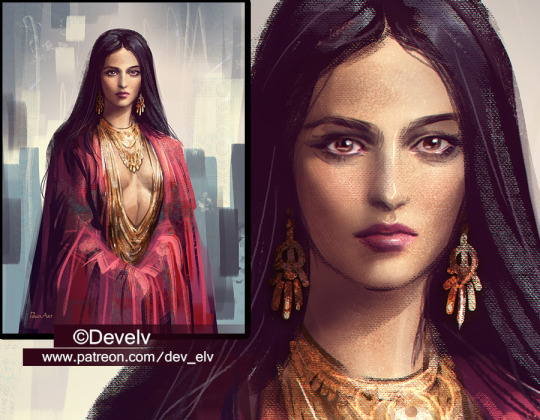
Eastern eunuch
HQ 3k full artwork
11 notes
·
View notes
Text
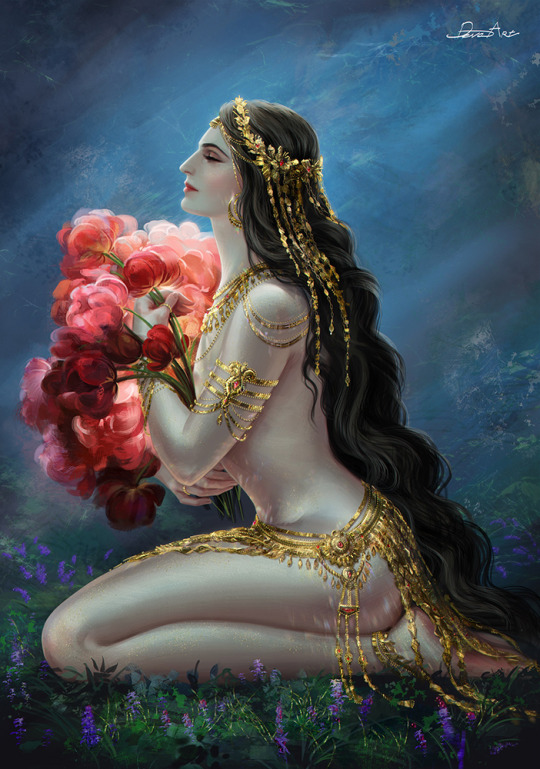
HQ 3k artwork +steps process is here
When Alexander the Great conquered Northern India, his beloved Bagoas, a Persian palace eunuch of extraordinary beauty - faithfully followed Alexander. I pictured Bagoas in Indian-like jewelry and with tulips in the hands.
Tulips were considered as symbols of love and romance, but they can have many other symbolic meanings; royalty, power, empathy, caring, tenderness and deep feelings.
62 notes
·
View notes
Text
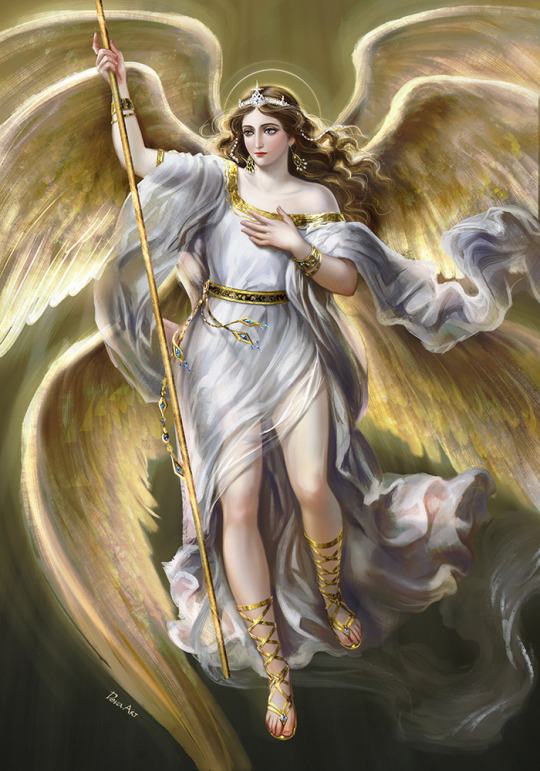

I started this work back in 2017 and put it on the back burner. Now it's the new year 2024, I remembered that I haven't drawn my favorite archangel for a long time. Let me remind you that in Byzantium the image of angels was formed on the basis of palace eunuchs, whose androgynous beauty is compared with the pure beauty of angels, which is why I was interested in reconstructing this image.
"The angels' appearance, stature, gait, and role in the celestial palace mirror the functions of eunuchs in the terrestrial court. As in the celestial court, access to the emperor passes through the rings of eunuchs surrounding his throne. This angelic guard is characterized with long and slender bodies, snowy white skin, and radiant garments of purple and gold. The image of these angels reveals the Byzantine perception of the ideal court eunuch: young, possessing extraordinary beauty, with radiant skin and hair, dressed in purple-golden silks and linens (Res: Anthropology and Aesthetics, 51: Spring 2007)" "Another possible explanation can also be derived from physiognomy, though coining to adverse conclusion. The handsome eunuch, whose physical beauty reflects the beauty of his soul, is a common subject in writings from the early Byzantine period. The vision of the luminous beauty of eunuchs, associated with purity and the soul's beauty, finds an important development in relation to angels, resulting in eunuchophilia. Eunuchs and angels are both royal messengers and they both introduce dignitaries to the sovereign. A dream-interpreting work, dated from the ninth to the eleventh centuries, indicates that if one dreams of a gracious and tall eunuch, the eunuch should be considered an angel, because a eunuch resembles an angel an being pure and does not feel carnal desire (Drexl 1925:10)."
32 notes
·
View notes
Text

Happy New year! ^^
Bagoas from my Annunaki story. I'll start the New Year with the first art with my beloved Bagoas. Originaly, he was beautiful Persian eunuch, known as the beloved of Alexander the Great. The Anunnaki (also transcribed as: Anunaki, Anunna, Anunnaku, Ananaki and other variations) are a group of deities in ancient cultures (Sumerian, Assyrian and Babylonian). In my original story the Anunnaki are a race of powerful beings that traveled across into the depths of space. They created the Human race, and they gave to humanity the knowledge and high technology. Generally Annunaki is the gender-fluid or hermaphrodite, but they continue to identify themselves as males in my AU (no matter what they look like).
HQ 3k full artwork + steps process: https://www.patreon.com/posts/bagoas-95663651
22 notes
·
View notes
Text
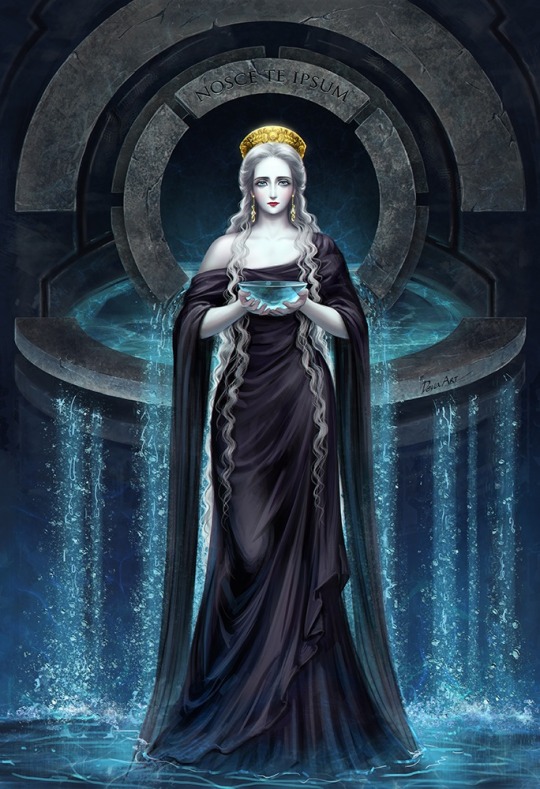
My original character. Beautiful whitehaired eunuch-priest Atis. He is Yardan's mentor and the chief priest, the head of the galli's community (galli or gallus is an eunuchs priests of gods Attis and Cybele in ancient Rome). He received the name Atis in honor of the god Attis, to whom he dedicated himself, becoming a priest. Real name: Callictus. He is a former military leader who fought for Rome, but then, realizing the sin of murder, he became a eunuch and drank water from the spring of immortality. Half Celt and half Roman. He has mystical powers and wisdom.
HQ 3k artwork + steps process (a little bit): here
If you are interested, support me on Patreon and if you have the opportunity, join! Your feedback and support inspire, it's meant a lot to me! <3 Current social media algorithms are bad for artists, and with the abundance of generated work, it is very difficult for real artists to get ahead. Please support real artists.
13 notes
·
View notes
Text

Alexander and Bagoas - Annunaki
Alexander the Great and Bagoas (who will become his lover). Concept for my fantasy Alternative Universe "Annunaki". I rewrite the plot, characters and their world, which are constantly changing and developing. I'm not sure what the final version will be, as long as everything is in the process of development.
So far, this is just a story, I started writing, but so slowly. While there are many other things to do and ideas, therefore, with Annunaki I will wait a little. In addition, there are a number of difficulties that need to be solved, for example, a complete rethinking of the plot and make it interesting, but at the same time remove all controversial points. For example, the topic of sexual abuse and violence. Even mentioning these things in a judgmental way caused people a butthurt.
#bagoas#alexander the great#eunuch#androgynous#persia#history#ancient history#AU#fantasy#story#illustration
11 notes
·
View notes
Text


King Alexander and Bagoas King Alexander the Great and his favorite, lover and advisor Bagoas, who was not only the most beautiful and charming person of this time, but he was also a powerful courtier who had his own spies (Quintus Curtius Rufus describes the case of the execution of Orxines), he was engaged in judicial affairs and intelligence. These duties were common to palace eunuchs in almost all ancient cultures.
HQ 3k artwork here~
#bagoas#eunuch#androgynous#alexander the great#lovers#ancient history#history#art#digital art#illustration
82 notes
·
View notes
Text
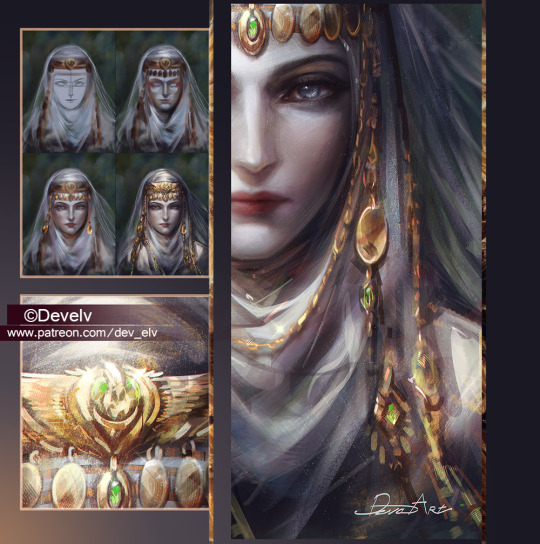
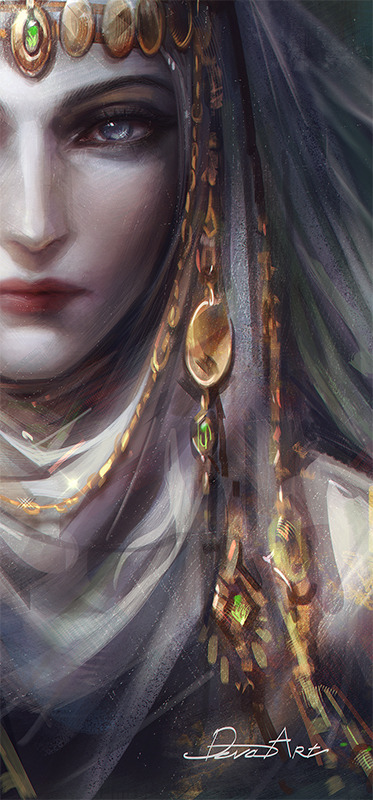
8 $ - HQ, 3k and steps process~ https://www.patreon.com/posts/bagoas-powerful-44732606
Eunuch Bagoas, beloved of Alexander the Great, who was not only the most beautiful and charming person of this time, but he was also a powerful courtier who had his own spies (Quintus Curtius Rufus describes the case of the execution of Orxines), he was engaged in judicial affairs and intelligence. These duties were common to palace eunuchs in almost all ancient cultures. It is a mistake to consider eunuchs simply servants in harems (in fact, a very small part served in harems, most of the eunuchs had nothing to do with harems) or weak-willed lovers of powerful men. Eunuchs were themselves powerful courtiers, they were engaged in administrative and military affairs, often, took power into their own hands and became "shadow rulers". Curtius, through the mouth of Orxines, calls Bagoas "the ruler of Asia", emphasizing his high role during the reign of Alexander.
5 notes
·
View notes
Text



Many new artworks with Bagoas and beautiful eunuchs, please support, if you wish <3 https://www.patreon.com/dev_elv
8 notes
·
View notes